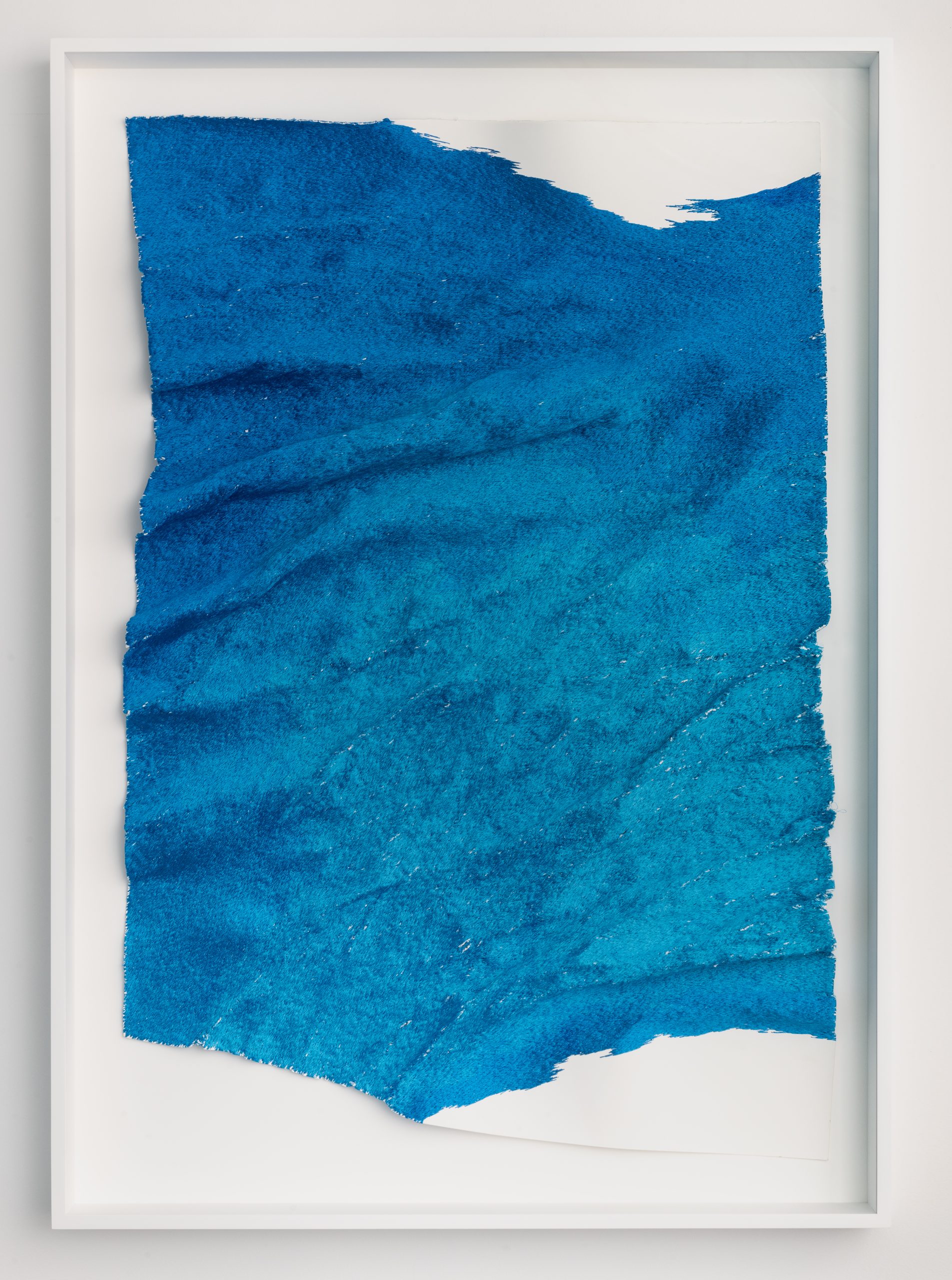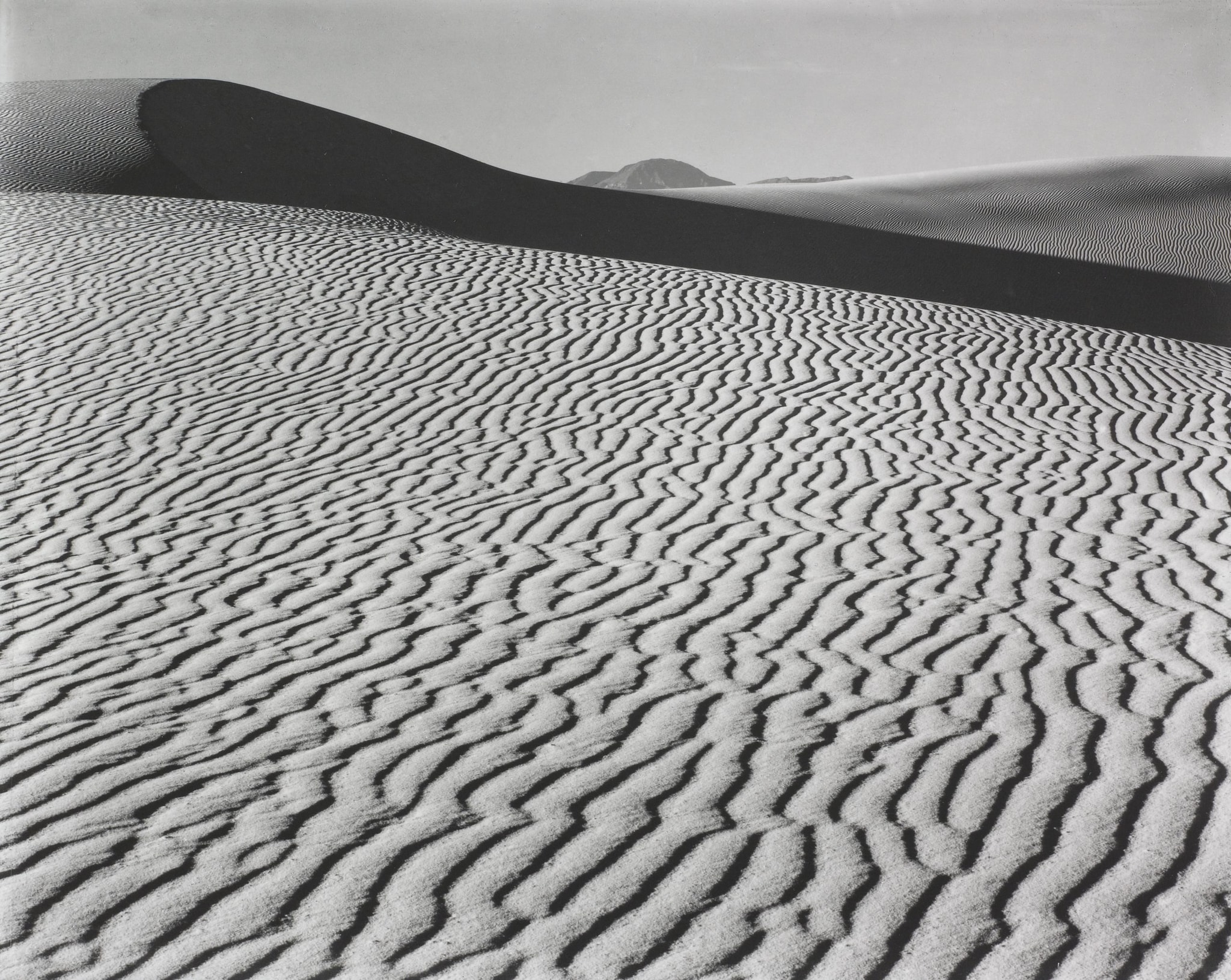
The Joslyn’s dynamic program of exhibitions brings people together to experience art across time and cultures.
Exhibitions

Dripping Earth: Cannupa Hanska Luger
Scott Pavillion S1–3
With this ambitious and immersive exhibition, Cannupa Hanska Luger draws inspiration from his ancestral connection to the Northern Plains in newly created ceramics, video projections, prints, and monumental sculpture. Luger’s playful and innovative approach invites visitors to envision a future where land, identity, and culture are reclaimed and transformed.

Lisa Alvarado: Meeting of winds
Scott Pavilion
Riley CAP Gallery
Transformations both large and small have long inspired Lisa Alvarado. For this exhibition, an ethereal soundscape and lively, abstract paintings bridge sensory experiences and create an immersive environment that asks visitors to contemplate their own presences in this place.

Paul Pfeiffer: Red Green Blue
Hawks Pavilion
Media Gallery H6
Paul Pfeiffer is known for his inventive applications of digital technologies. Red Green Blue stitches together audio and video recordings the artist made of the University of Georgia Redcoat Marching Band. Named for an image display system that responds to how the human eye perceives color, this immersive video installation layers sensory components to reproduce the experience of attending a college football game.

Lucas Samaras: Polaroids
Hawks Pavilion
Works on Paper Gallery H5
Driven by a desire to document and explore his own body, Lucas Samaras used a Polaroid camera to create lush, idiosyncratic, and personal images. Featuring twenty-four works gifted by the artist to The Joslyn, this exhibition celebrates the innovations and legacy of Samaras’s photography.

Jessie Henson: Everything Comes Next
Scott Pavilion
Riley CAP Gallery S8
Using an industrial sewing machine, Jessie Henson builds on the language of postwar American abstraction, while writing a new chapter in the long history of embroidery. Her Riley CAP Gallery exhibition features a selection of sewn paper works in vibrant colors, alongside several small bronze casts made from found embroideries that nod to her interest in the possibilities of thread.

Through the Lens: American Photographs from the Carter Collection
Hawks Pavilion
Works on Paper Gallery H5
Turning a lens to the nation and its people, photographers across the vast and varied United States have created an expansive visual record of places, communities, and historical events. A thematic survey of American photography from 1940 to today, this exhibition celebrates the aesthetic potential, documentary value, and social power of the medium.

